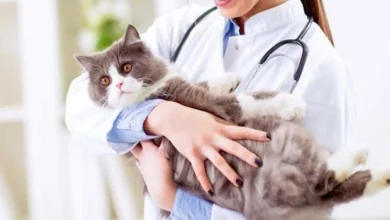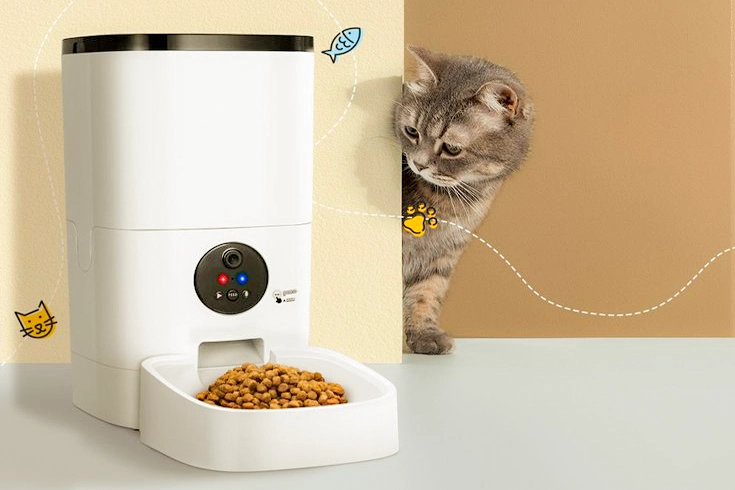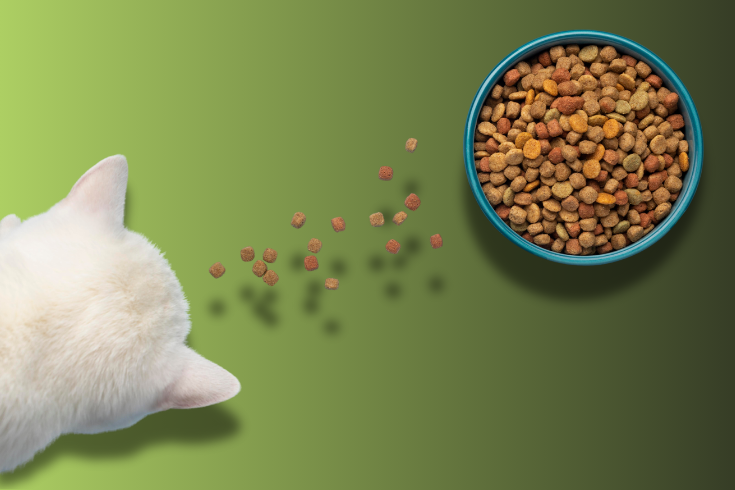
Selecting the Right Hypoallergenic Cat Food | Types, Benefits, & Tips
Keeping your cat healthy and active is directly related to feeding a balanced and nutritious diet. Not to mention, hypoallergenic food for cats is designed particularly to reduce skin allergies and inflammation. Every pet owner wants the best for their cats; hence, they select the best food that won’t harm their feline.
If you are concerned about your cat’s health and looking for the best hypoallergenic cat food, you are at the right place. In this blog by Pet Life Expert, we are going to help you with the selection of the best hypoallergenic cat food. Also, you’ll explore types, benefits, and useful tips.
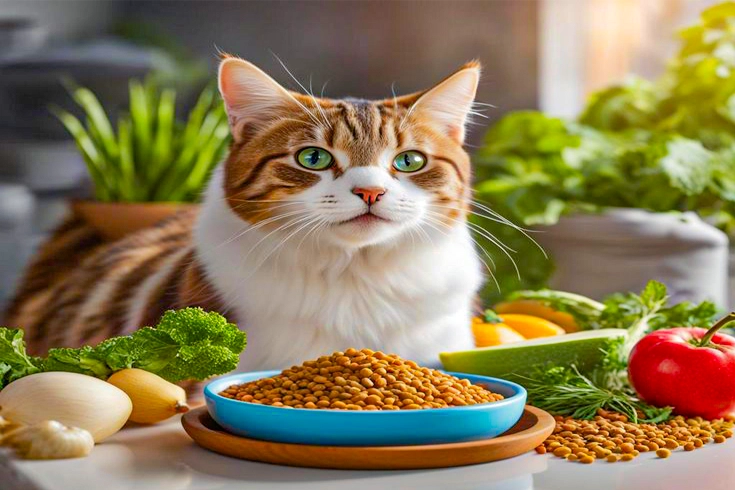
What is Hypoallergenic Cat Food? | Understanding Its Need
Hypoallergenic cat food is particularly made to reduce the risk of allergic reactions in cats. This food minimizes all kinds of allergies triggering adverse reactions. It is made with limited ingredients and often consists of novel proteins, which are a good solution for sensitive cats. Also, it doesn’t contain any allergic ingredients like wheat, dairy, or beef.
Digestive upset, itchy skin, and discomfort are the problems that can disrupt the balance of a healthy life for your cat. The solution? Of course, hypoallergenic food that is personalized to their needs. When it comes to food allergies in cats, you realize the need for hypoallergenic food for cats.
Signs of Food Allergies in Cats
- Skin Problems: consistent itching, rashes, or redness.
- Digestive Issues: Frequent vomiting, gas, and diarrhea
- Respiratory Symptoms: Wheezing & sneezing, which is not common
Different Types of Hypoallergenic Cat Food
There are different types of hypoallergenic cat food; some of the main types are categorized below:
1. Limited Ingredient Diets (LID)
As the name says, this diet involves fewer ingredients that lower the triggering allergy risk. Most of the time, they contain a single protein, like lamb, duck, and venison.
Recommended for: cats having issues with multiple proteins and additives.
2. Novel Protein Diets
These diets contain some uncommon/unused proteins, like pheasant, kangaroo, and rabbit. Your feline friend is less likely to be exposed to these kinds of proteins.
Recommended for: cats who are not responding properly to regular protein sources.
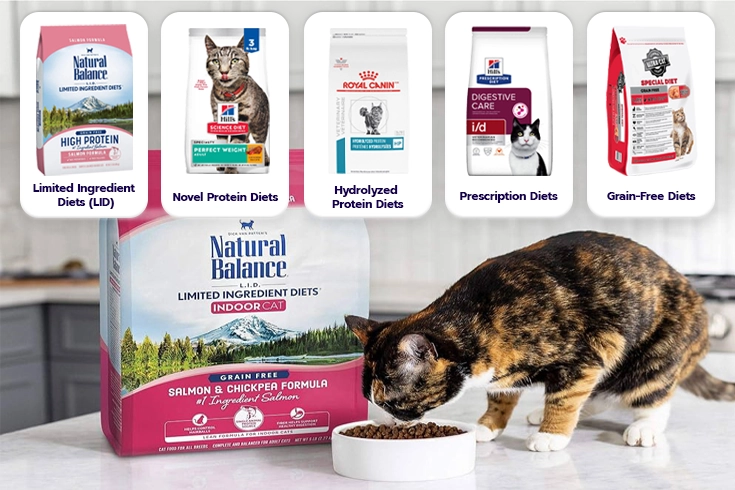
3. Hydrolyzed Protein Diets
Last but not least, the hydrolyzed protein diet is broken down into smaller particles, making it easier for felines to digest food and trigger any kind of allergic reaction.
Recommended for: cats who are suffering from severe allergies and require vet-supervised diets.
4. Prescription Diets
Lastly, these diets are specifically formulated by nutritionists and vets for cats that are diagnosed with some sort of allergy or sensitivity.
Recommended for: cats who need medical help in managing balance in the diet.
5. Grain-Free Diets
Though this diet is not hypoallergenic originally, it can be beneficial for cats that are sensitive to specific grains. These diets typically involve soy, corn, and wheat.
Recommended for: cats with digestive sensitivities and grain intolerance.
Benefits of Hypoallergenic Cat Food
Healthy and hygienic food helps your feline friends in multiple ways. Know about some key benefits of hypoallergenic food for cats.
1. Alleviates Allergy Symptoms
To reduce itching, inflammation, and digestive discomfort, hypoallergenic food greatly helps, improving the health quality of your cat’s life.
2. Improves Skin and Coat Health
This food makes your cat’s coat health better and offers shinier coats, promoting a healthy life with a balanced diet.
3. Supports Digestive Health
This food offers digestible health formulas, reducing gastrointestinal issues and offering better absorption of nutrients.
4. Tailored Nutritional Diet
Made to meet the nutritional needs of cats with no use of harmful ingredients, ensuring the health and stability of your feline friends.
5. Weight Management
Another benefit offered by hypoallergenic foods is that they are made with low calories, offering exceptional weight control while maintaining a healthy weight.
Helpful Tips To Select the Best Hypoallergenic Cat Food
Choosing the best hypoallergenic food for cats requires careful consideration. That’s why we are helping you with some tricks for convenient shopping.
Step 1: Seek Your Vet Assistance
It is preferably suggested to consult with a vet before proceeding with dietary changes. A vet/dietician can help you best in diagnosing food allergies per your cat’s specific needs. They can prescribe a specific formula or elimination diet.
Step 2: Review Ingredient List
Carefully checking the ingredient list is another tip. Make sure you pick food with high-quality ingredients that contain no preservatives, fillers, or common allergens.
You must specifically look for:
- Minimal yet high-quality ingredients
- A single protein source like rabbit, duck, or lamb
- No allergens like beef, dairy, grain, and chicken
Step 3: Go For the Right Type
As mentioned above, there are different types of hypoallergenic food. So, based on the vet recommendation and personalized preferences of the cat, you can choose any option from a novel, hydrolyzed, and limited-ingredient diet.
Step 4: Consider Pet’s Preferences
Cats are especially known for being selective eaters when it comes to food. Pick hypoallergenic food with a flavor and texture that your cat likes, such as freeze-dried, wet, and kibble.
Step 5: Opt For Gradual Transition
It is strongly recommended to proceed slowly when switching your cat to a new diet plan. Make sure to slowly introduce food and transition over a period of 7-10 days to avoid stomach upset issues.
Step 6. Monitor Your Cat’s Behavior
Lastly, you need to observe your cat’s behavior upon shifting them to the new diet. Closely observe how they respond. Also, notice if there are any signs of improvements in their digestion, skin, and respiratory problems.
Tips for Managing Cat Food Allergies
To help you out in transitioning to dry or wet hypoallergenic cat food, we’ve mentioned some simple suggestions.
Use Hypoallergenic Options
Don’t invest in regular food options, as they might contain allergens.
Gradually Introduce New Food
Make sure the slow introduction of food won’t upset your cat’s stomach.
Stick to a Single Diet
Feeding a single diet is the key to identifying allergens, so ensure it.
Maintain Consistency
To eliminate any kind of diet confusion, persist in consistency by all means.
Avoid Table Scraps
Never give human foods to your cats, as they might contain hidden allergens.
Keep Your Cat Hydrated
Also, give the proper food to support the overall health of your feline friends.
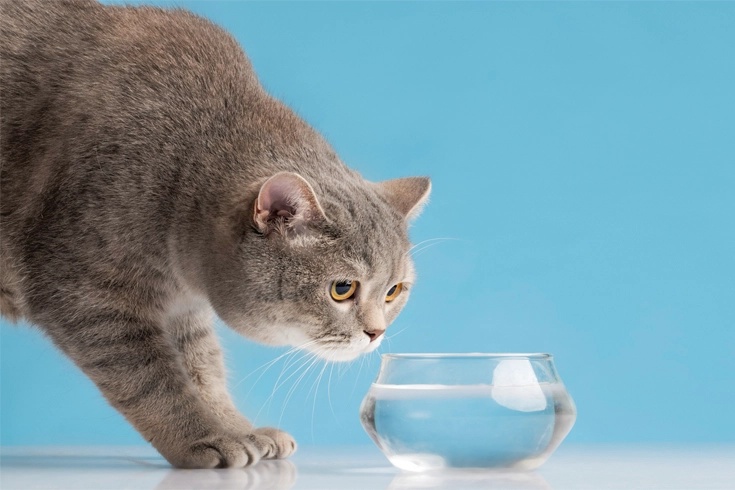
Transitioning Your Cat to Hypoallergenic Food
Although you find hypoallergenic cat food markets to shop for the best option, switching requires patience and a proper diet plan. Follow the routine given below and monitor your cat’s reaction throughout the process.
Here’s how you can do it:
Days 1–3
Add only 25% of the new food with 75% of the old food.
Days 4–6
Increase the new food portion to 50% and 50% old food.
Days 7–9
Mix 75% of the new food and keep 25% of the old food.
Day 10 and Onwards
Switch to 100% of the new food and examine behavior.
Final Thoughts
Choosing the best hypoallergenic cat food for skin allergies and other respiratory issues significantly improves the overall health of your cat’s life. Healthy food can improve the symptoms of itching, discomfort, and digestive issues. Make sure to check the ingredient list of the food you are shopping for and pick food with a hydrolyzed and novel protein formula. Make sure to avoid mistakes of skipping vet consultations, sudden diet changes, and ignoring treats given to your cat. Our guide will help you with the proper selection of hypoallergenic food for cats.
FAQs | Frequently Asked Questions
How Will I Know If My Cat Is Suffering From Food Allergy?
Some of the common food allergy signs are consistent itching, scratching, inflammation, red skin, hair loss, appetite loss, and other respiratory and gastrointestinal issues like diarrhea and vomiting.
What Should Be the Transitioning Process for My Cat to Hypoallergenic Food?
It is strongly advised to proceed with the gradual transition of cat food to a new diet. Continue the process for approximately 7-10 days and start mixing small portions and slowly increasing the proportion to prevent digestive upset.
What Kind of Ingredients Hypoallergenic Food Must Contain?
Look for the hypoallergenic ingredients, like novel proteins that are previously unexposed to your cats. Additionally, go for easily digestible options that include no allergens, fillers, or artificial preservatives.
How Can I Determine If Giving Hypoallergenic Food Is Effective For My Cat?
To determine, monitor your cat for symptom improvement during 8–12 weeks. Signs like itching minimization, gastrointestinal relief, and skin irritation should be noticed. Also, examine their behavior and make the necessary adjustments accordingly.
